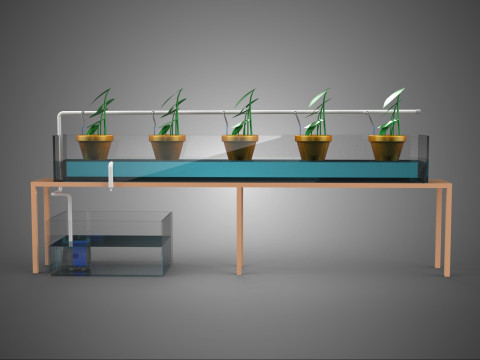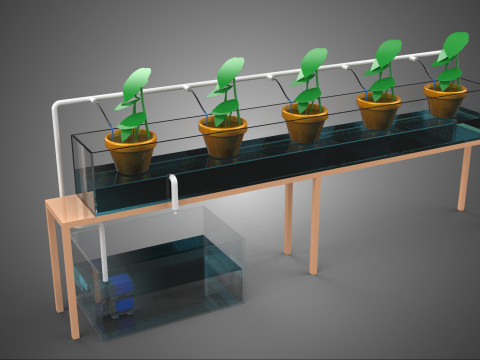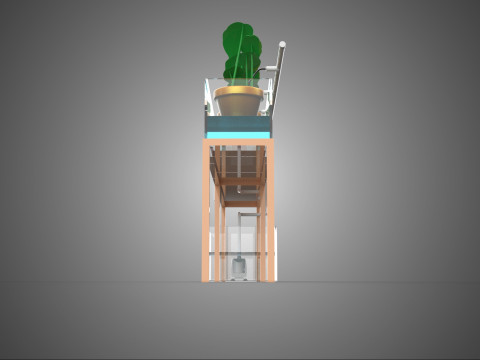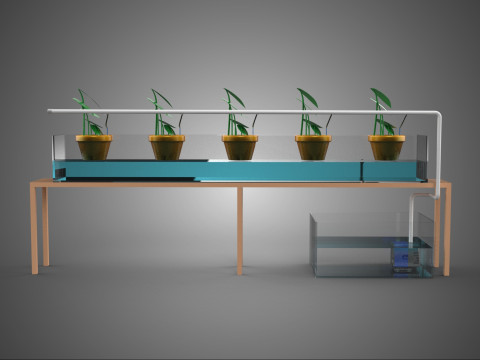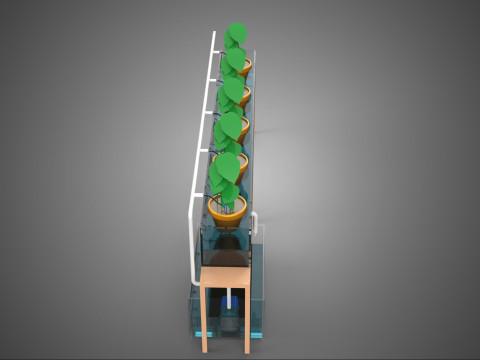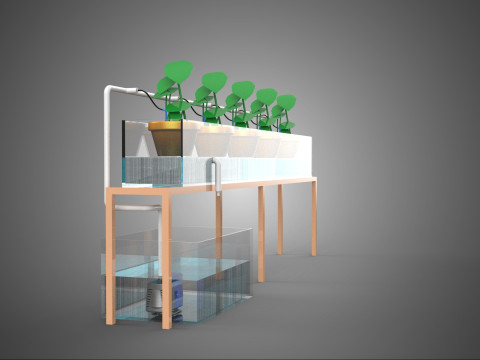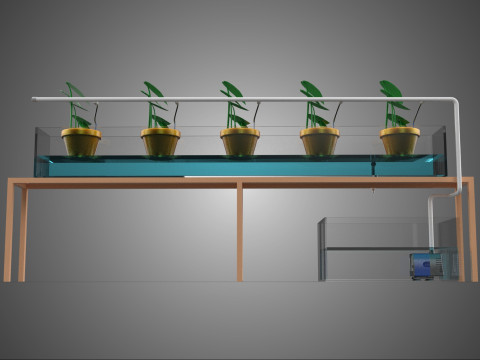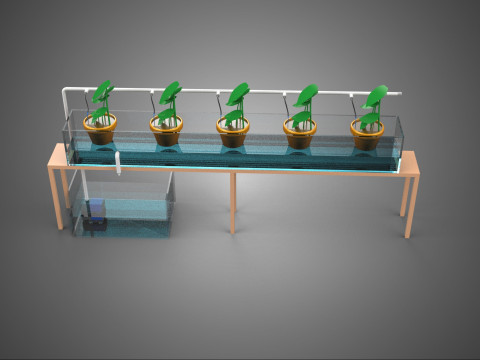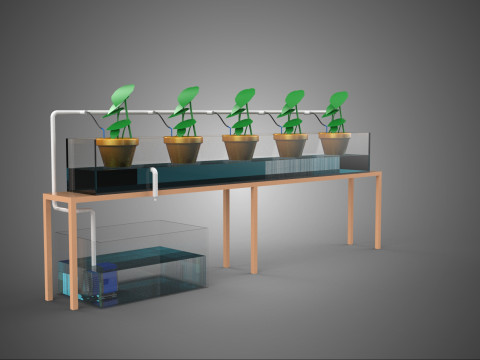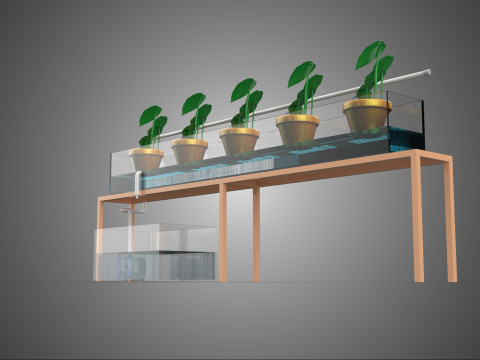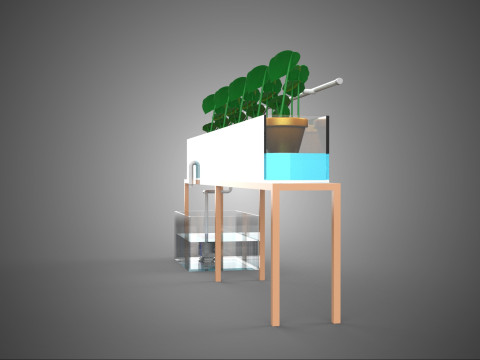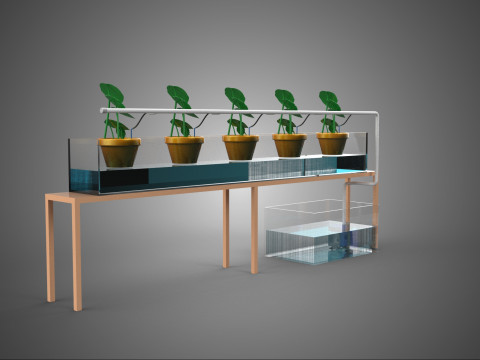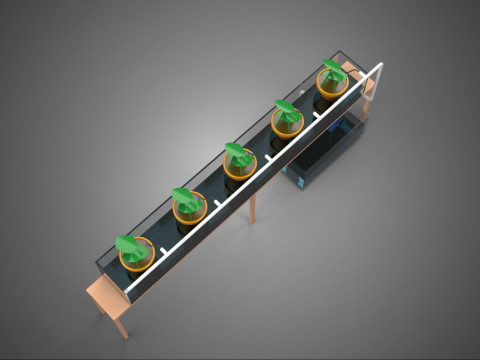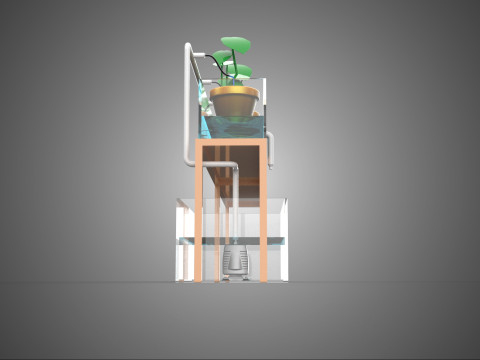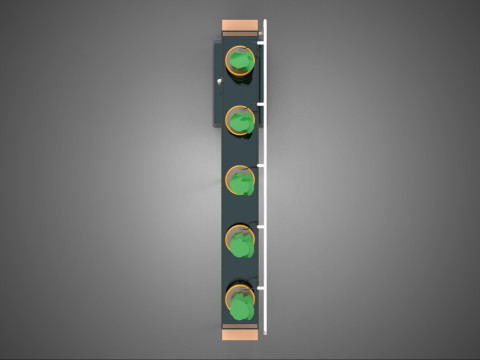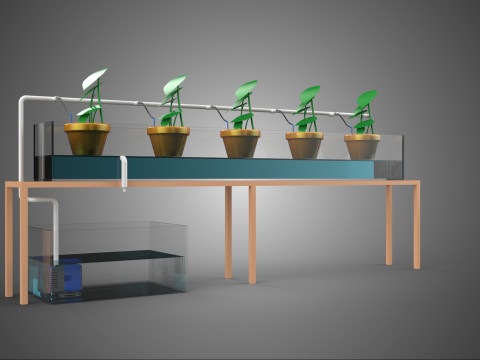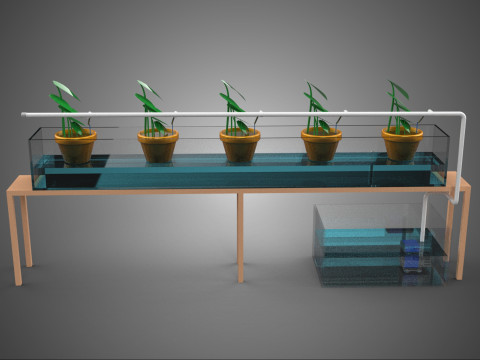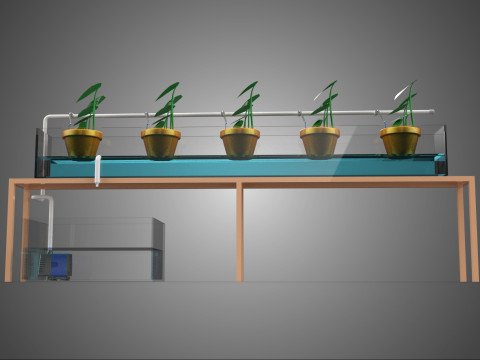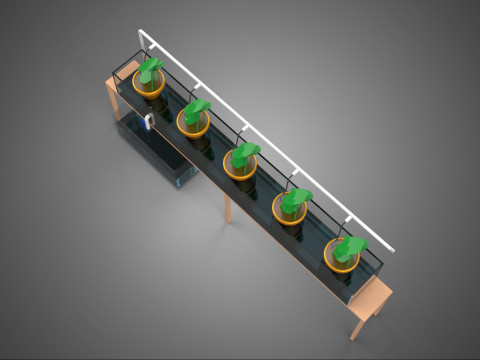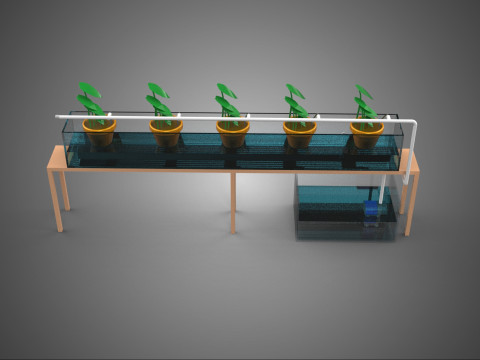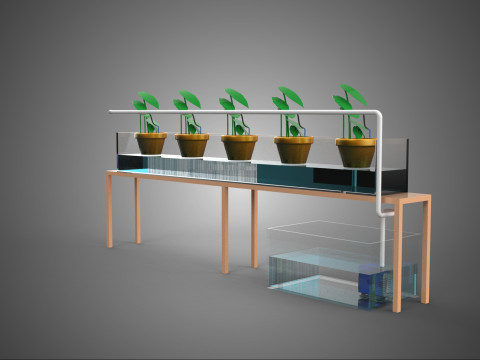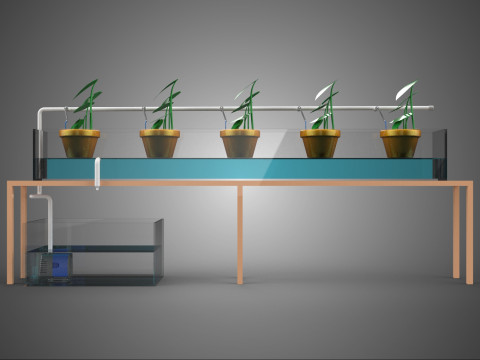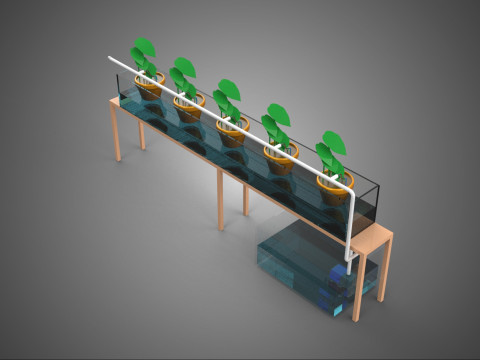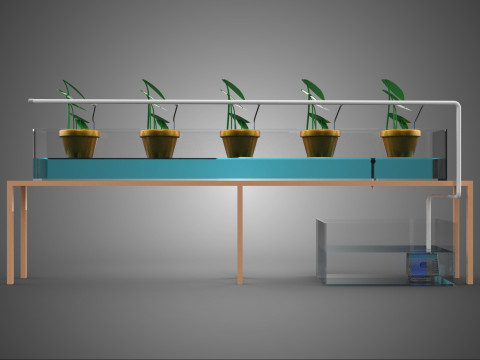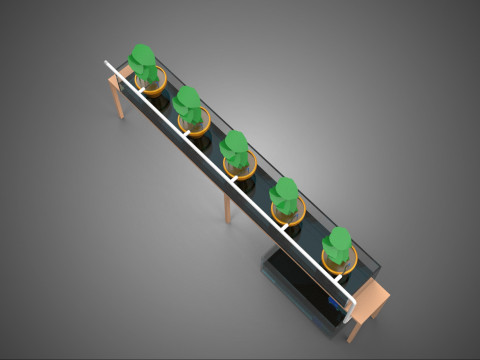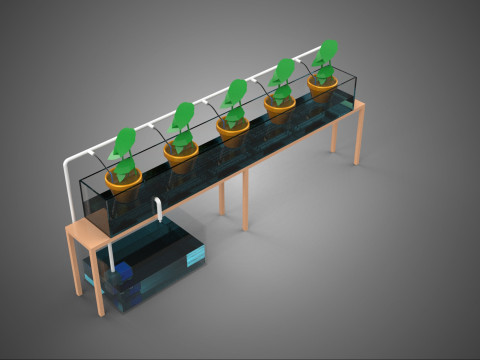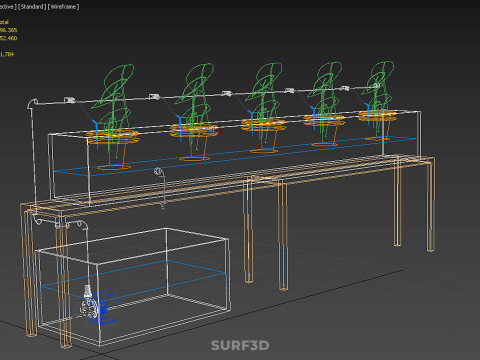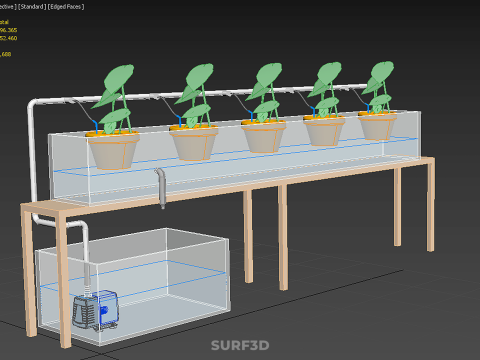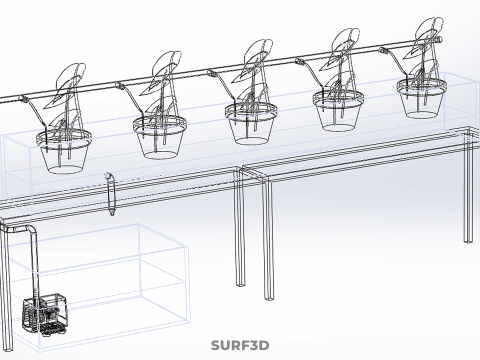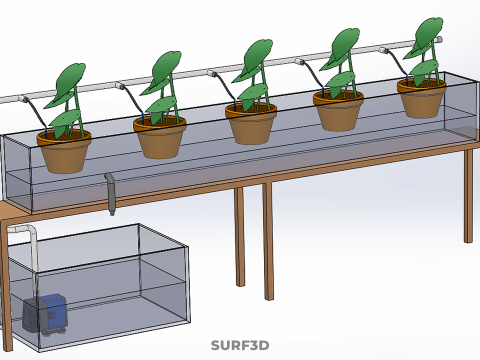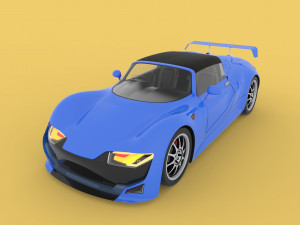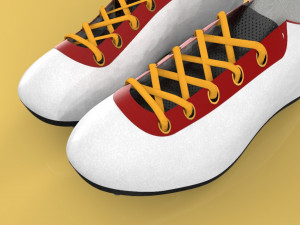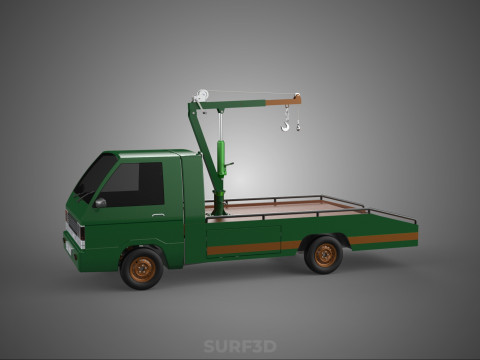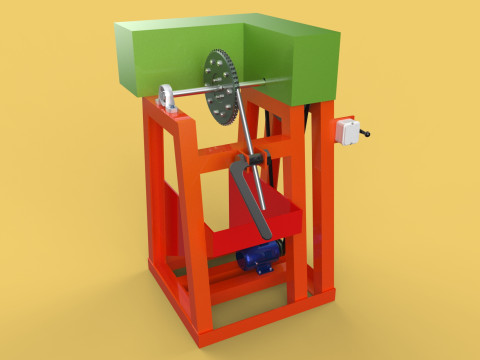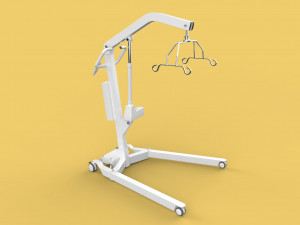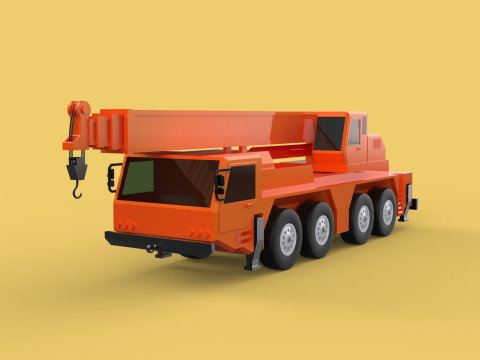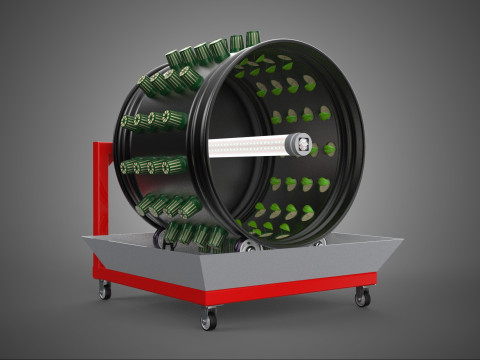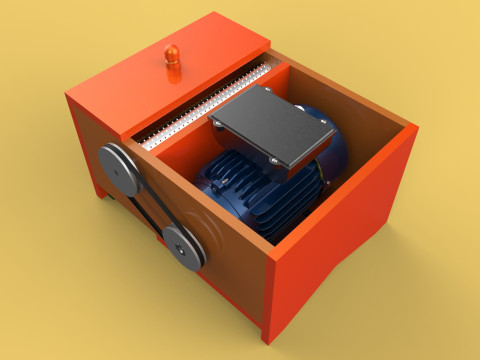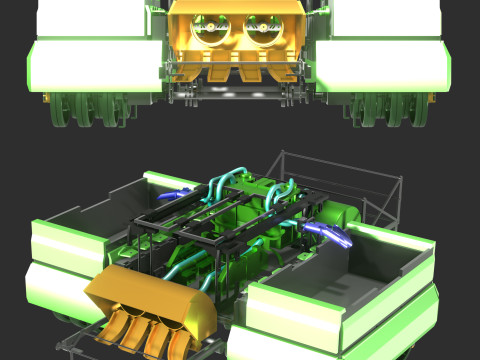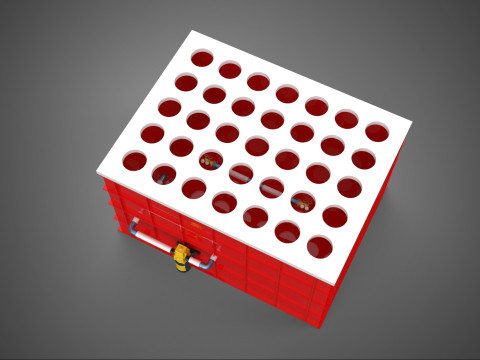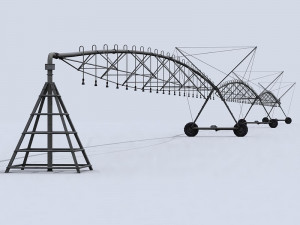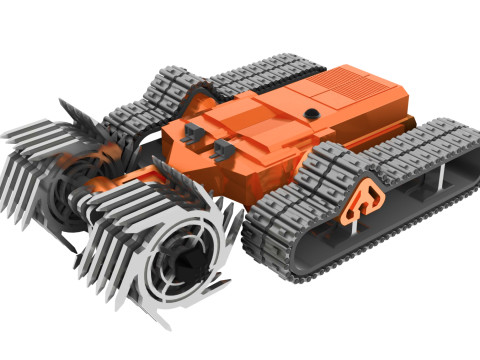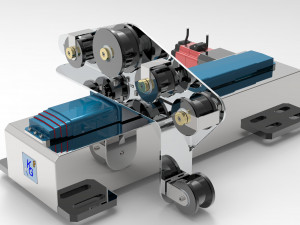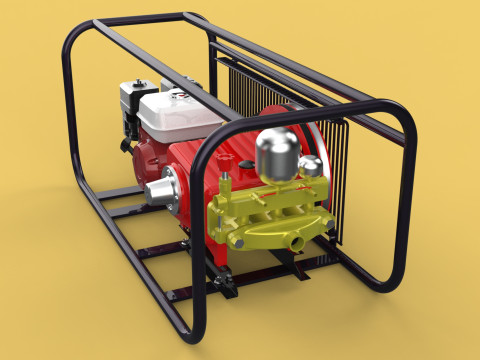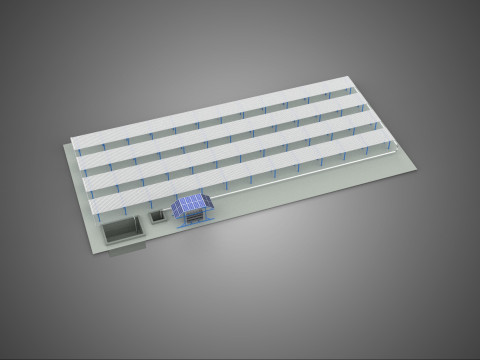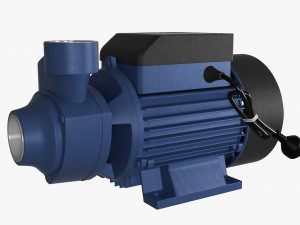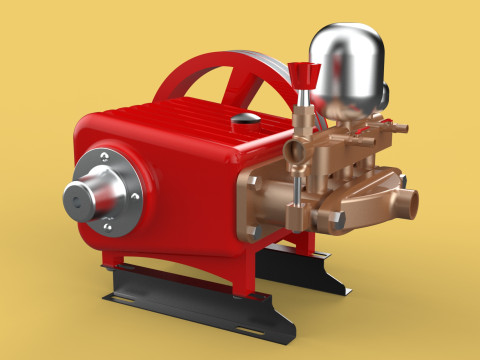CROISSANCE HYDROPONIQUE PLANTES AGRICOLES SYSTÈME D'IRRIGATION GOUTTE À GOUTTE JARDINAGE Modèle 3D

- Demander l'assistance produit
- Formats disponibles:
- ID de produit:601652
- Date: 2025-09-25
- Polygones:196365
- Sommets:152460
- Animé:No
- Textures:No
- Installé:No
- Matériaux:
- Bas-poly:No
- Collection:No
- cartographie UVW:No
- Plugins Utilisé:No
- Prêt à imprimer:No
- 3D Balayage:No
- Contenu adulte:No
- PBR:No
- IA Formation:No
- Géométrie:Poly NURBS
- UVs non enveloppés:Unknown
- Vus:239
Description
High-quality 3D assets at affordable prices — trusted by designers, engineers, and creators worldwide. Made with care to be versatile, accessible, and ready for your pipeline.
Included File Formats
This model is provided in 14 widely *******ed formats, ensuring maximum compatibility:
• - FBX (.fbx) – Standard format for most 3D software and pipelines
• - OBJ + MTL (.obj, .mtl) – Wavefront format, widely used and compatible
• - STL (.stl) – Exported mesh geometry; may be suitable for 3D printing with adjustments
• - STEP (.step, .stp) – CAD format using NURBS surfaces
• - IGES (.iges, .igs) – Common format for CAD/CAM and engineering workflows (NURBS)
• - SAT (.sat) – ACIS solid model format (NURBS)
• - DAE (.dae) – Collada format for 3D applications and animations
• - glTF (.glb) – Modern, lightweight format for web, AR, and real-time engines
• - 3DS (.3ds) – Legacy format with broad software *******
• - 3ds Max (.max) – Provided for 3ds Max users
• - Blender (.blend) – Provided for Blender users
• - SketchUp (.skp) – Compatible with all SketchUp versions
• - AutoCAD (.dwg) – Suitable for technical and architectural workflows
• - Rhino (.3dm) – Provided for Rhino users
Model Info
• - All files are checked and tested for integrity and correct content
• - Geometry uses real-world scale; model resolution varies depending on the product (high or low poly)
• • - Scene setup and mesh structure may vary depending on model complexity
• - Rendered using Luxion KeyShot
• - Affordable price with professional detailing
Buy with confidence. Quality and compatibility guaranteed.
If you have any questions about the file formats, feel free to send us a message — we're happy to assist you!
Sincerely,
SURF3D
Trusted source for professional and affordable 3D models.
More Information About 3D Model :
The term "Hydraponic Growth Plant Farming Drip Irrigation System Gardening" denotes a sophisticated and integrated approach to horticulture that combines soilless cultivation techniques with highly efficient water and nutrient delivery methods. This methodology, applicable from large-scale commercial operations to domestic gardening, focuses on optimizing plant growth, conserving resources, and enhancing crop yields through controlled environmental conditions.
Hydroponics, derived from Greek words meaning "water-working," is a method of growing plants without soil. Instead, roots are supplied with a nutrient-rich aqueous solution containing essential mineral elements. This allows for precise control over the plant's nutritional intake and environment. Key advantages include accelerated growth rates, increased yields, reduced water usage compared to traditional soil cultivation (due to recirculation), efficient land utilization, and minimized risks of soil-borne pests and diseases. Common hydroponic systems include Nutrient Film Technique (NFT), Deep Water Culture (DWC), and media-based systems using inert substrates like rockwool, coco coir, or perlite.
Drip irrigation, also known as trickle irrigation or micro-irrigation, is a water delivery method that conserves water and fertilizer by allowing water to drip slowly to the roots of plants, either from above the soil surface or buried below the surface. This system comprises a network of valves, pipes, tubing, and emitters designed to deliver water directly to the plant's root zone at very low pressure. Benefits include significantly reduced water evaporation and runoff, precise application of nutrients (fertigation), minimized weed growth, and lower incidence of fungal diseases due to controlled leaf wetting.
When integrated, drip irrigation systems are particularly well-suited for substrate-based hydroponic setups. In these configurations, plants are rooted in an inert growing medium (e.g., coco coir, perlite, rockwool cubes) that provides physical ******* and aeration. The drip system delivers the prepared nutrient solution directly to the base of each plant or specific zones within the substrate. This combination offers unparalleled precision in nutrient delivery, preventing overwatering or underwatering, and ensuring each plant receives its optimal daily requirements. The runoff nutrient solution can often be collected, filtered, replenished, and recirculated, further enhancing water and nutrient efficiency. This method is highly adaptable for various plant sizes and types, especially those requiring stable root environments.
This combined approach is widely adopted across diverse horticultural sectors. In commercial plant farming, it enables high-density cultivation in controlled environments such as greenhouses and vertical farms, maximizing output per square foot. Urban gardening initiatives leverage its space efficiency and reduced resource demands. Research facilities utilize it for precise experimental control over plant growth parameters. The primary benefits include substantial water savings (up to 90% compared to traditional farming), significant reduction in fertilizer use, faster crop cycles, higher yields of consistent quality produce, and independence from fertile land, allowing cultivation in arid regions or urban landscapes. Automation through timers and sensors further enhances efficiency and reduces labor requirements.
Implementing a hydroponic drip irrigation system requires careful planning and initial investment in specialized equipment. Technical expertise is necessary for monitoring and maintaining critical parameters such as nutrient solution pH, electrical conductivity (EC), and temperature. System components, particularly emitters, can be susceptible to clogging from nutrient salt buildup or particulate matter, necessitating regular cleaning and filtration. Power outages can also pose a risk to system operation, potentially stressing plants if solutions are not delivered. Ongoing vigilance is crucial to prevent common issues and ensure optimal plant health.
The fusion of hydroponic growth techniques with drip irrigation systems represents a cutting-edge, sustainable, and highly efficient methodology for plant cultivation. By leveraging precision water and nutrient delivery in a soilless environment, this approach addresses critical modern agricultural challenges, including resource scarcity, land availability, and the demand for high-quality, locally grown produce. Its capacity for automation and controlled environmental agriculture positions it as a cornerstone for future food production systems, from specialized commercial farms to innovative home gardens.
KEYWORDS: Hydroponics, Drip Irrigation, Soilless Cultivation, Controlled Environment Agriculture (CEA), Plant Farming, Gardening, Nutrient Solution, Water Conservation, Precision Agriculture, Fertigation, Vertical Farming, Urban Agriculture, Greenhouses, Crop Yield, Resource Efficiency, Automation, Substrate-based Hydroponics, Emitters, Root Zone, pH, EC (Electrical Conductivity), Nutrient Delivery, Sustainable Agriculture, Horticultural Technology, Indoor Farming, Water Management, Plant Nutrition, Crop Production, Soil-free Growing, Micro-irrigation
Avez besoin de plus de formats?
Si vous avea besoin d’\autre format veuillez ouvrir un billet d’\assistance et demandez le. Nous pouvons convertir les modèles de 3D en: .stl, .c4d, .obj, .fbx, .ma/.mb, .3ds, .3dm, .dxf/.dwg, .max. .blend, .skp, .glb. Conversion de format libreNous ne convertissons pas les scènes 3D et des formats tels que .step, .iges, .stp, .sldprt.!
Informations d'utilisation
CROISSANCE HYDROPONIQUE PLANTES AGRICOLES SYSTÈME D'IRRIGATION GOUTTE À GOUTTE JARDINAGE - Vous pouvez utiliser ce modèle 3D libre de droits à des fins personnelles et commerciales, conformément à la Licence de Base ou à la Licence Étendue.La Licence de Base couvre la plupart des cas d'utilisation courants, notamment les publicités numériques, les projets de conception et de visualisation, les comptes de réseaux sociaux professionnels, les applications natives, les applications web, les jeux vidéo et les produits finis physiques ou numériques (gratuits ou payants).
La Licence Étendue inclut tous les droits accordés par la Licence de Base, sans limitation d'utilisation, et autorise l'utilisation du modèle 3D dans un nombre illimité de projets commerciaux, dans des conditions de libre de droits.
En savoir plus


 English
English Español
Español Deutsch
Deutsch 日本語
日本語 Polska
Polska Français
Français 中國
中國 한국의
한국의 Українська
Українська Italiano
Italiano Nederlands
Nederlands Türkçe
Türkçe Português
Português Bahasa Indonesia
Bahasa Indonesia Русский
Русский हिंदी
हिंदी

